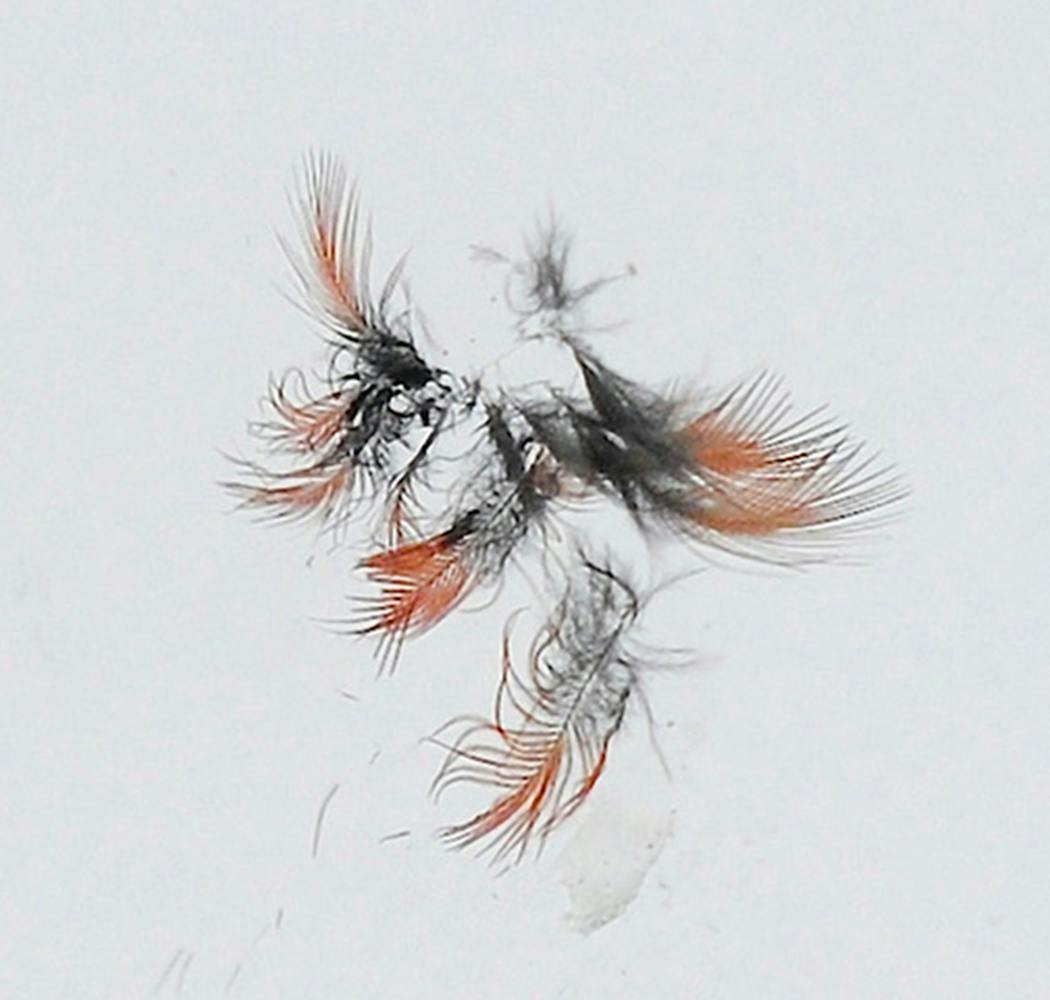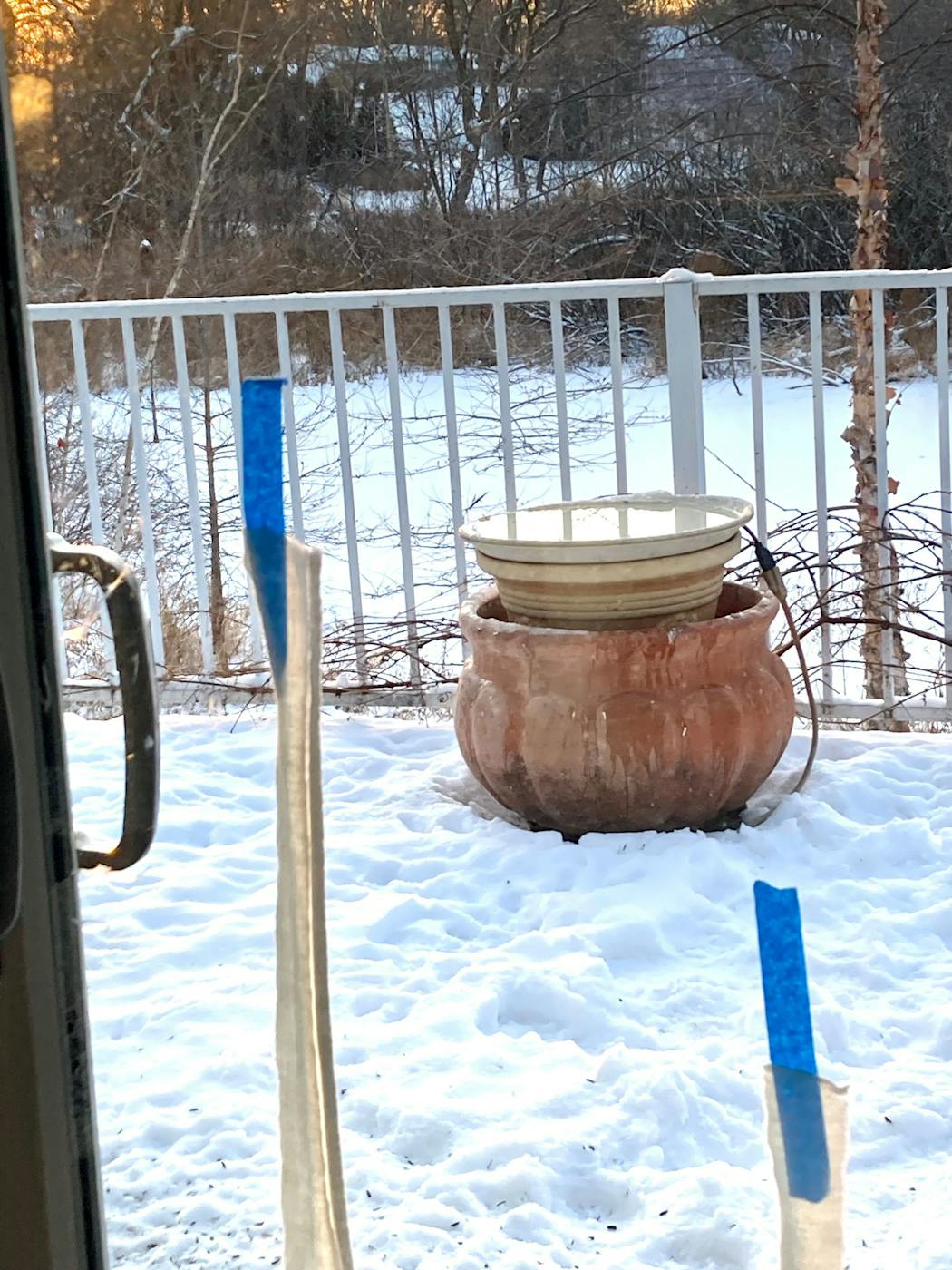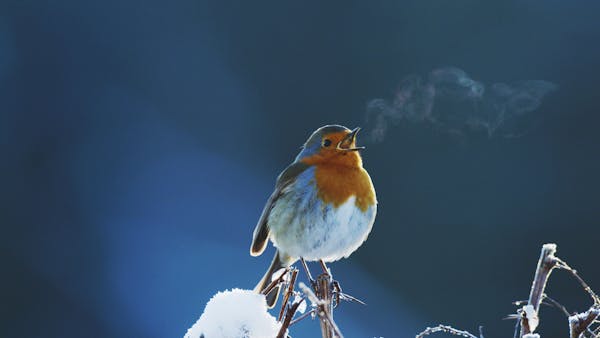When birds fly into windows they are very likely to die. Some will drop dead below the window, others will fly away and then die.
Perhaps you put decals or other attachments on the glass to warn birds away. Recent research on this has made two things clear if you do this.
1. To be effective the decals (or whatever) must be on the outside of the glass.
2. Bird-of-prey silhouettes don't work. Birds fail to recognize those shapes as predators. The birds will simply try to fly around the shape.
The inside-outside research was done by John Swaddle, a professor of biology at the College of William and Mary. His study, published in the research journal "PeerJ" was subject of a recent New York Times article.
Swaddle is quoted as saying that decals on the inside of a window amount to nothing more than interior decorating.
The ineffectiveness of bird-of-prey silhouettes was discussed by Christine Sheppard, director of the glass collisions program at the American Bird Conservancy (ABC), also mentioned in the Times article.
"There has to be some kind of pattern" to the shapes you apply to your windows, she said. The conservancy reviewed about 200 different window treatments meant to improve bird safety.
"The spacing of the lines, the width of the lines or dots or whatever you're using in really critical," she was quoted as saying.
Vertical stripes or patterns (at least 1/4 inch-wide, maximum spacing of 4 inches), or horizontal stripes (at least 1/4 inch-wide, maximum spacing of 2 inches) are effective at preventing window collisions for most birds, according to the U.S.Fish and Wildlife Service (FWS).
Dark colored patterns may be difficult for birds to see if dark colors are part of the reflection seen on the glass, the FWS says. It agrees that patterns applied to the outside of windows will prevent more bird collisions than inside.
The USFWS also has these suggestions for reducing bird strikes:
Zen curtains (11 cents per square foot). This elegant, inexpensive option uses 1/8-inch paracord pieces spaced less than 4 inches apart, hanging outside from the top of the window. These curtains can be purchased pre-made or constructed of readily available and inexpensive materials.
Tempera paint (13 cents per square foot). Non-toxic tempera paint patterns or artwork applied to exterior glass can reduce bird collisions for many years. Tempera paint is easily removed using vinegar and water.
Screens and netting ($1.83 per square foot). External insect screens reduce bird collisions by minimizing window reflections and alerting birds that windows are barriers. Netting prevents injuries to birds if it's placed inches in front of the window and stretched tight to prevent birds from hitting the glass.
Net openings should be 1⁄2-inch or smaller, so birds aren't captured. Several companies sell screens that can be attached with suction cups or eye hooks.
For more information visit www.fws.gov and search Glass Bird Collision.
Outdoor lighting also can be a window-strike factor. If you have flood lights illuminating your yard it is best, experts say, to limit lights to as-needed with motion detectors.
And while we read mostly about the problems for birds posed by large commercial buildings with many windows, the ABC points out that homes and other low-rise buildings account for more than 90% of collision deaths.
That information comes from a 2014 research study published in the ornithological journal "The Condor." Using data from 23 studies, researchers determined that between 365 and 988 million birds die annually from window collisions in the U.S.
Window kills are second only to the bird deaths caused by feral and free-ranging cats, the study found. Cats kill roughly four times as many birds as do windows.
Putting blue masking tape on your cat won't help. Keeping the cat indoors will.
Lifelong birder Jim Williams can be reached at woodduck38@gmail.com.

The 5 best things our food writers ate this week

A Minnesota field guide to snow shovels: Which one's best?

Summer Camp Guide: Find your best ones here

Lowertown St. Paul losing another restaurant as Dark Horse announces closing




